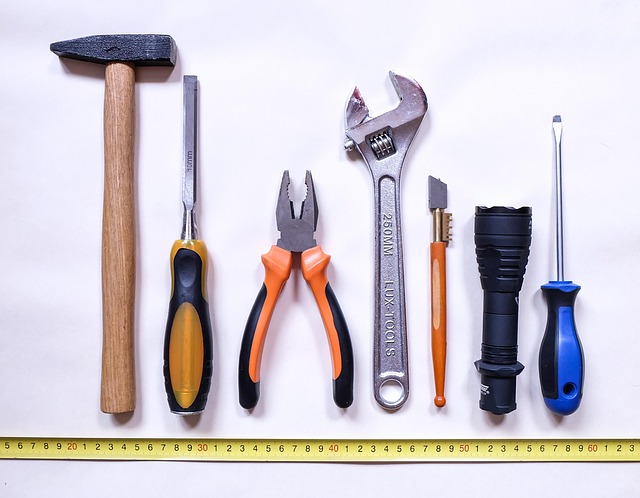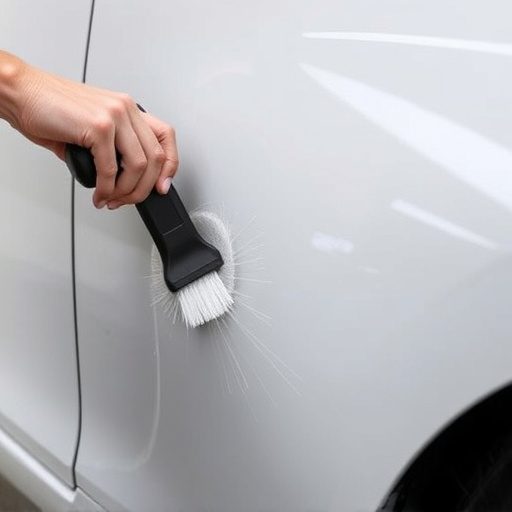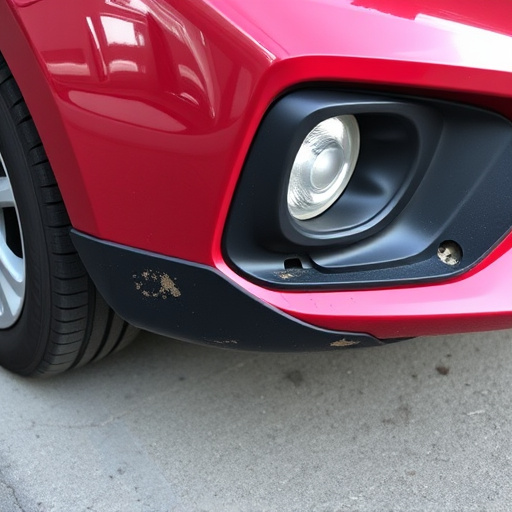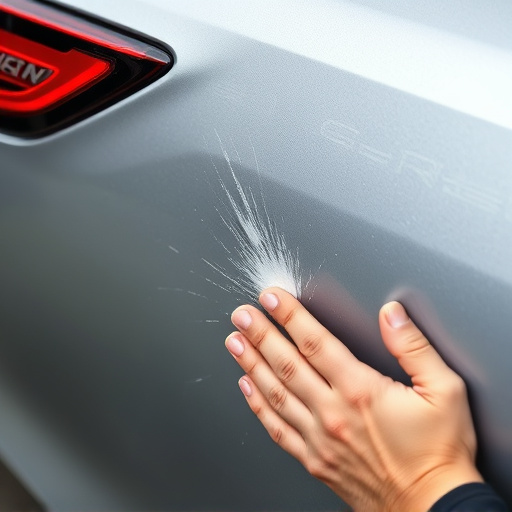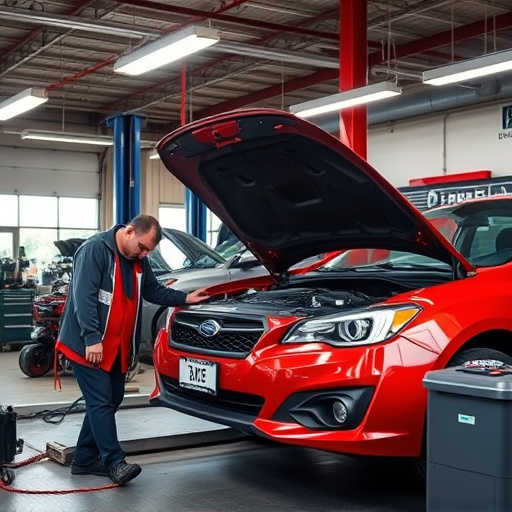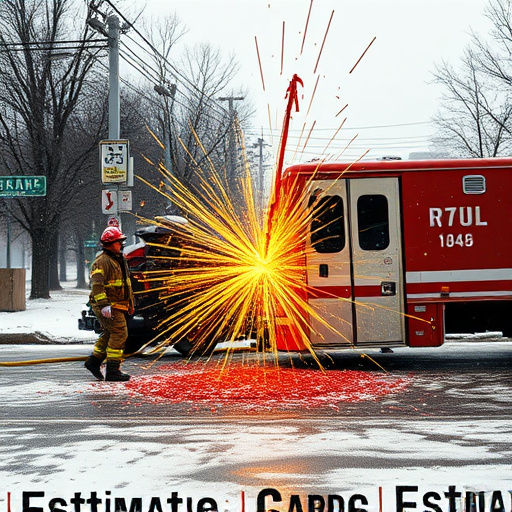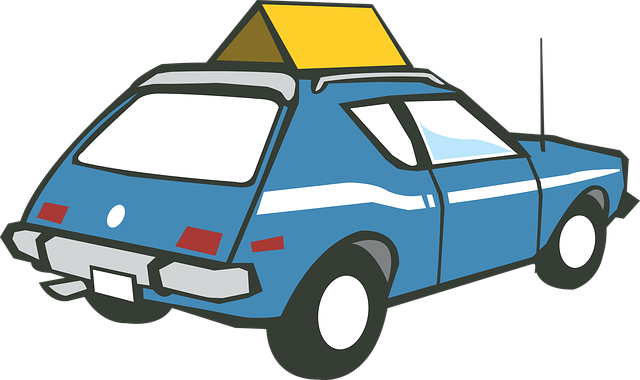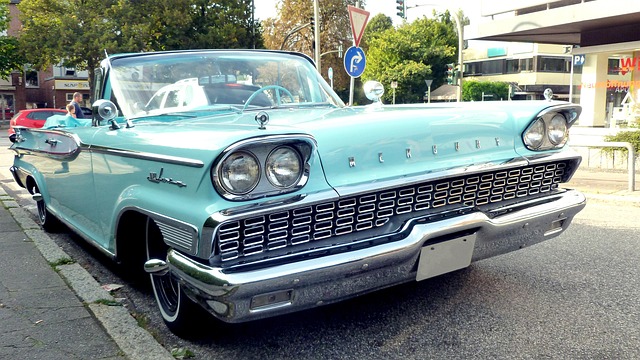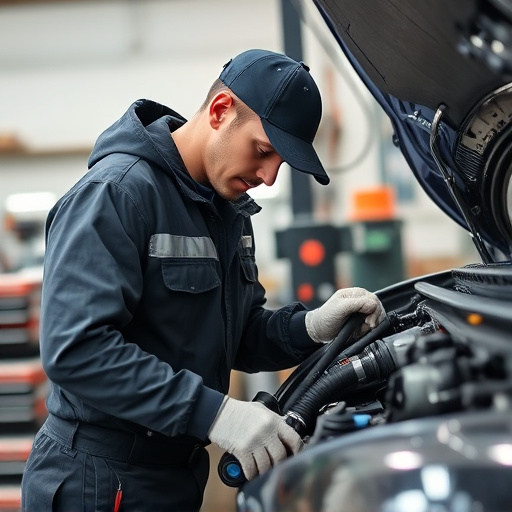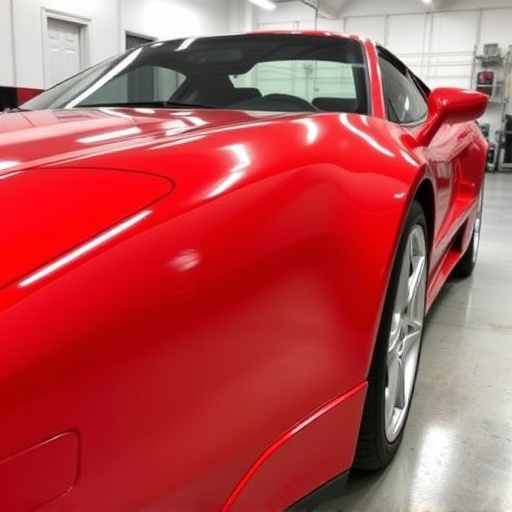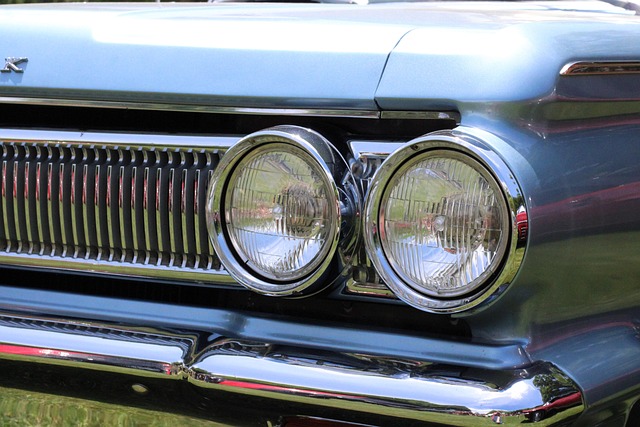After a collision, immediate actions like stopping, exchanging insurance info, and documenting damages are crucial for a fair collision claim settlement. Entitled to compensation for repairs, medicals, and related costs covered by at-fault driver's insurance. State laws regarding bodywork and hail damage repair aid in negotiations with insurers. Process starts with reporting to your provider, who assigns an adjuster for damage assessment and offer. You can accept or negotiate, ensuring all necessary parts are replaced for timely resolution. Complex repairs like classic car restoration require skilled artisans, demanding clear documentation and communication for accurate compensation reflecting pre-collision condition.
When faced with a collision claim, understanding the settlement process is crucial. This guide navigates the complex journey from filing a claim to negotiating fair compensation. We break down the steps involved, ensuring you know your rights and responsibilities every step of the way. By following these insights, folks can confidently navigate the process, securing a favorable outcome in terms of collision claim settlement.
- Understanding Your Rights and Responsibilities
- The Steps Involved in a Claim Settlement Process
- Negotiating with Insurance Companies for Fair Compensation
Understanding Your Rights and Responsibilities
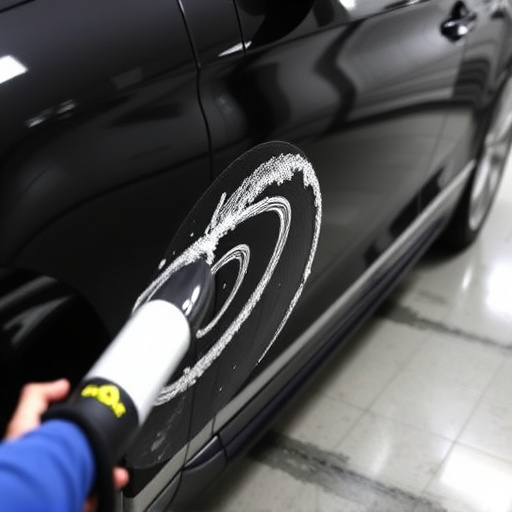
When involved in a collision, whether it’s a minor fender bender or a more significant accident, understanding your rights and responsibilities is crucial for navigating the subsequent claim settlement process. Every driver has certain duties to fulfill during this time. For instance, ensuring immediate safety by stopping at the scene, exchanging insurance information with the other party, and documenting any injuries or damages are all essential steps. These initial actions can significantly impact the efficiency of the claim later on.
In the context of a collision claim settlement, it’s important to know your rights as an injured party. This includes the right to fair compensation for vehicle repairs, medical expenses, and any other related costs. If the at-fault driver is responsible for the accident, their insurance company will typically cover these expenses up to the limits of their policy. However, dealing with insurance companies can be complex, so it’s beneficial to familiarize yourself with your state’s laws regarding car bodywork services and hail damage repair, especially if you’re considering filing a claim.
The Steps Involved in a Claim Settlement Process
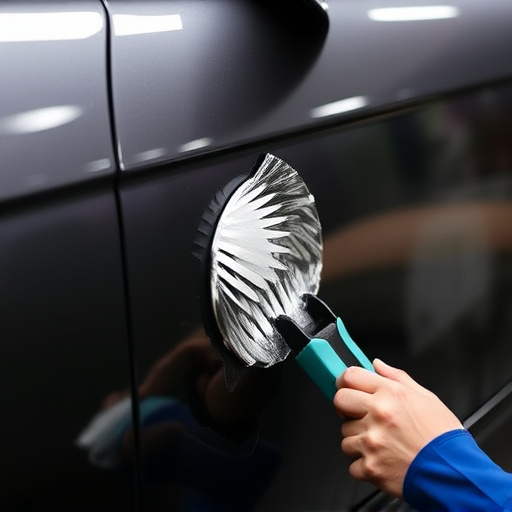
The collision claim settlement process involves several steps designed to facilitate a fair and timely resolution for all parties involved. It begins with reporting the incident to your insurance provider, providing them with details about the accident, including any injuries sustained and the damages to your vehicle. Next, your insurer will assign an adjuster who will review the case and determine the value of your claim based on the cost of repairs, parts, labor, and other relevant factors.
If you’re dealing with a luxury vehicle repair or require fleet repair services for multiple vehicles, frame straightening might be part of the process to ensure your car is restored to its original condition. The adjuster will communicate their assessment and offer a settlement amount. You can either accept the offer or negotiate for a higher payout if you believe the initial estimate undervalues your claim. Once an agreement is reached, the repair work begins, ensuring that all necessary parts are replaced or repaired, and your vehicle is returned to you once the process is complete.
Negotiating with Insurance Companies for Fair Compensation
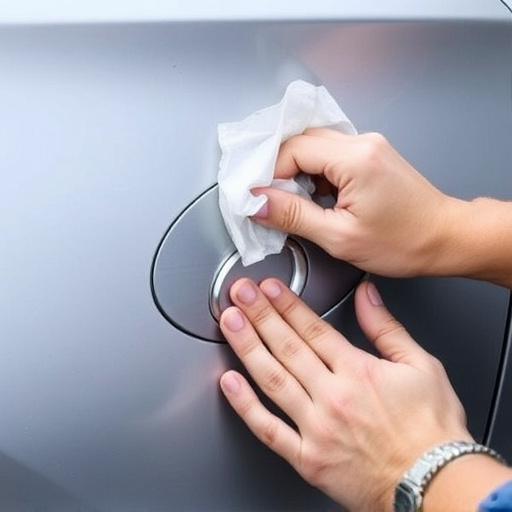
After a collision, negotiating with insurance companies for fair compensation is a crucial step in the claim settlement process. This involves understanding your policy coverage, gathering necessary documents, and presenting a clear case for the damages incurred. It’s important to be prepared and informed about your rights as an insured individual. Many insurance companies have specific procedures and criteria for evaluating claims, so knowing these ins and outs can help level the playing field.
One key aspect to keep in mind is the potential need for detailed repairs, especially if it involves a classic car restoration or intricate collision repair and auto painting. These processes require skilled artisans and specialized techniques, which can significantly impact the overall settlement amount. Effective communication with your insurance provider about these requirements ensures that the final compensation accurately reflects the work needed to restore your vehicle to its pre-collision condition.
When navigating a collision claim settlement, understanding your rights, knowing the steps involved, and negotiating fairly are key. By familiarizing yourself with these aspects of the process, you can ensure a smoother experience and potentially secure more favorable outcomes. Remember, a successful settlement isn’t just about getting compensation; it’s also about protecting your interests and ensuring justice for any injuries or damages caused by a collision.
